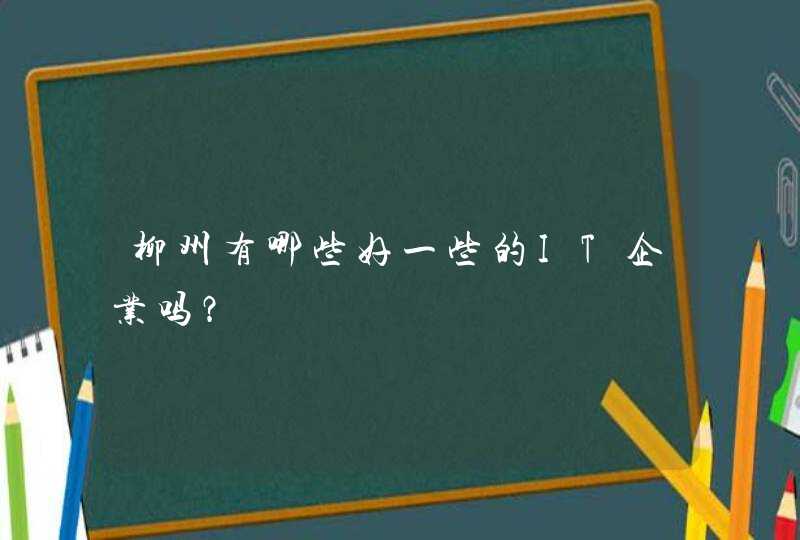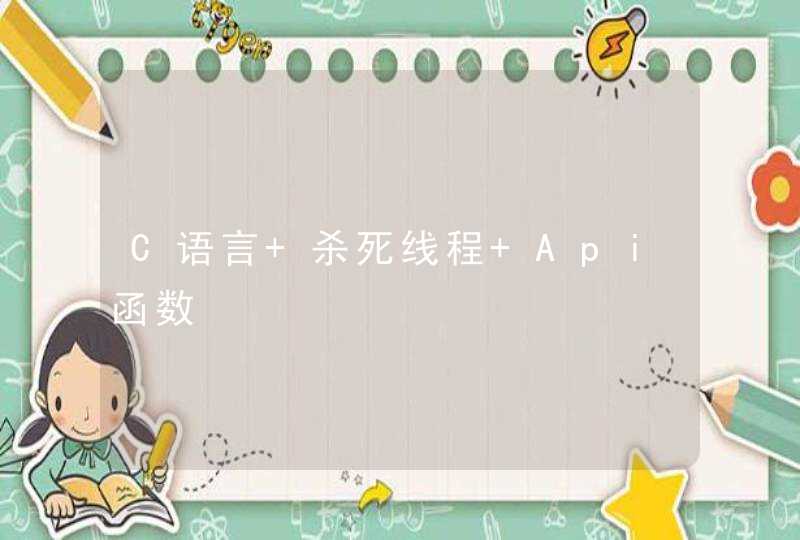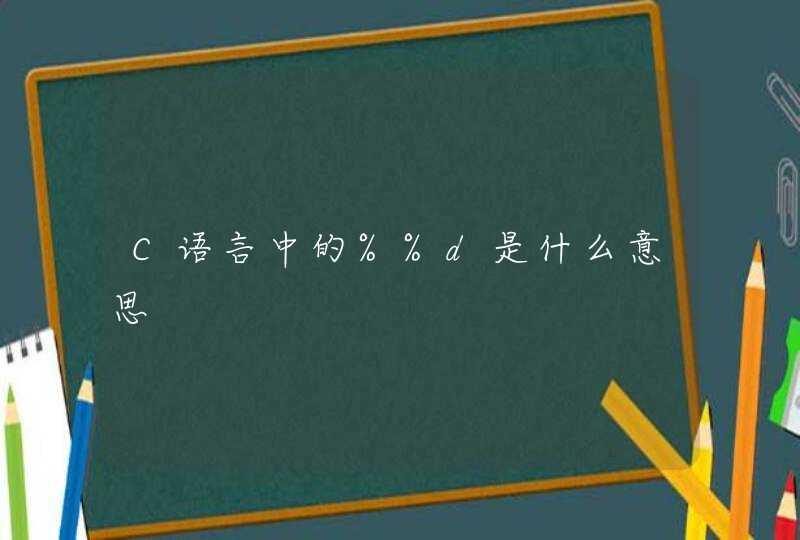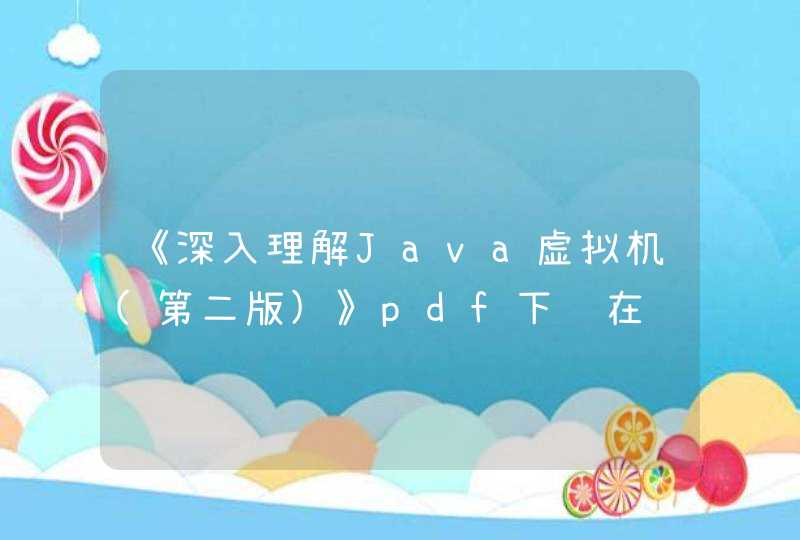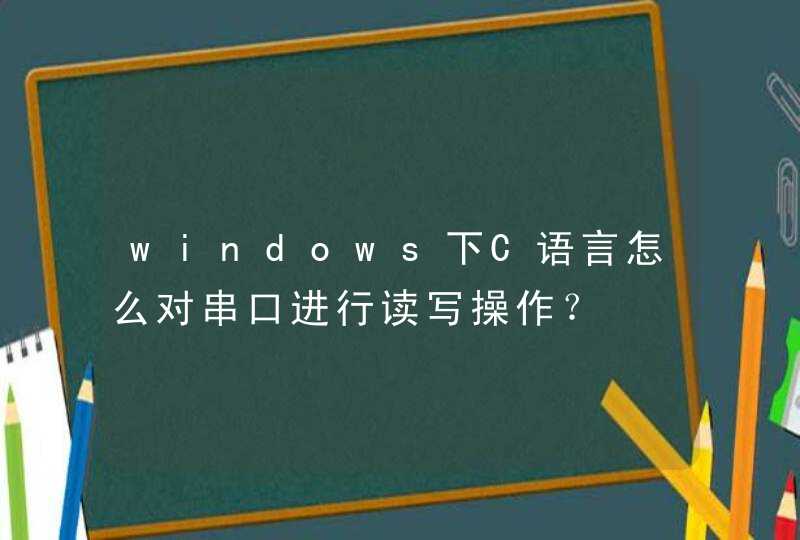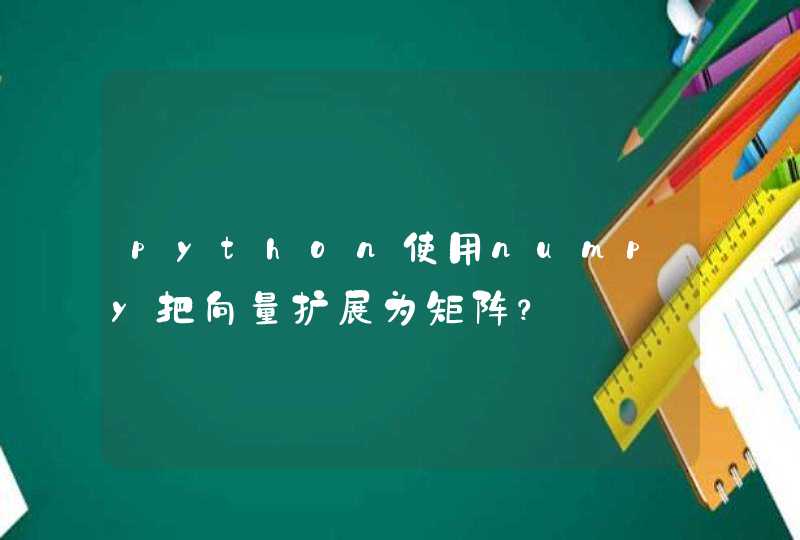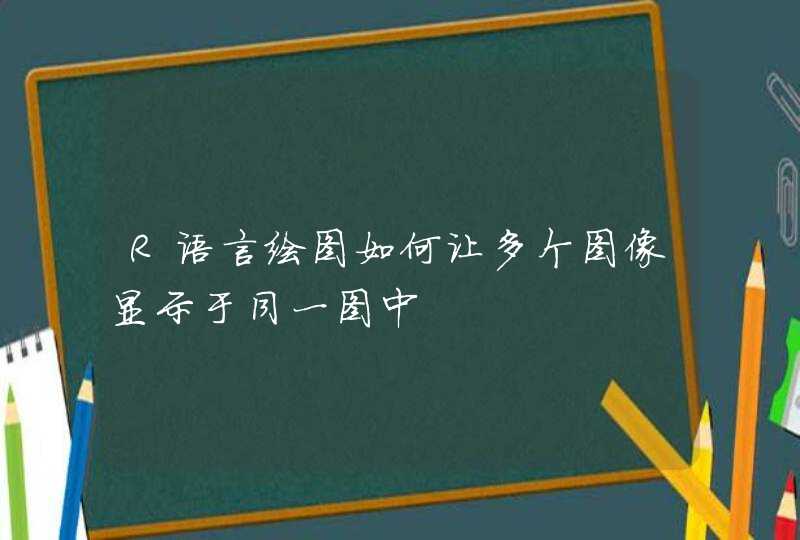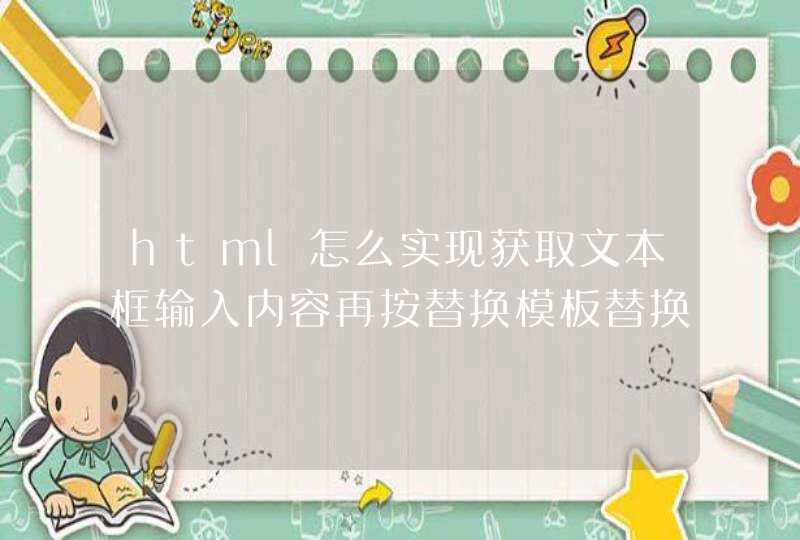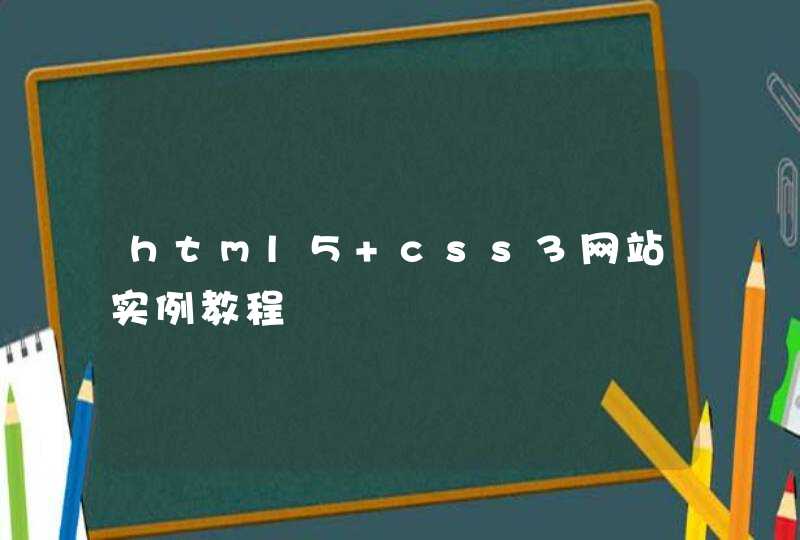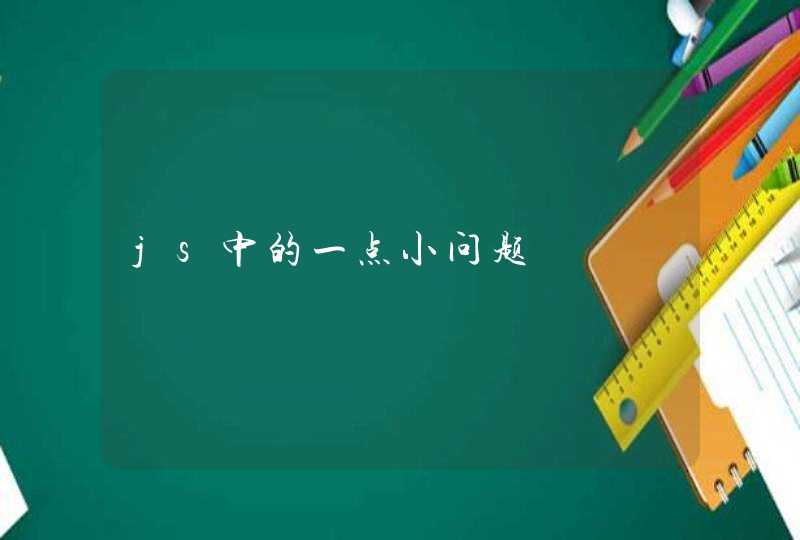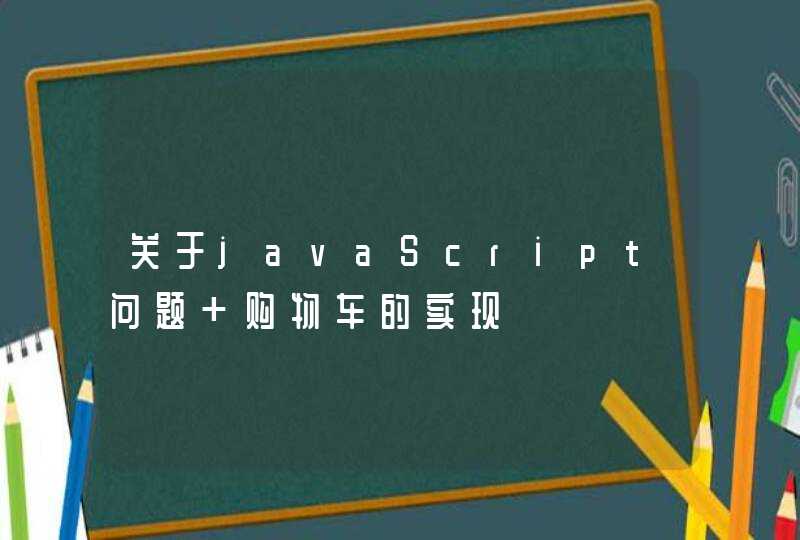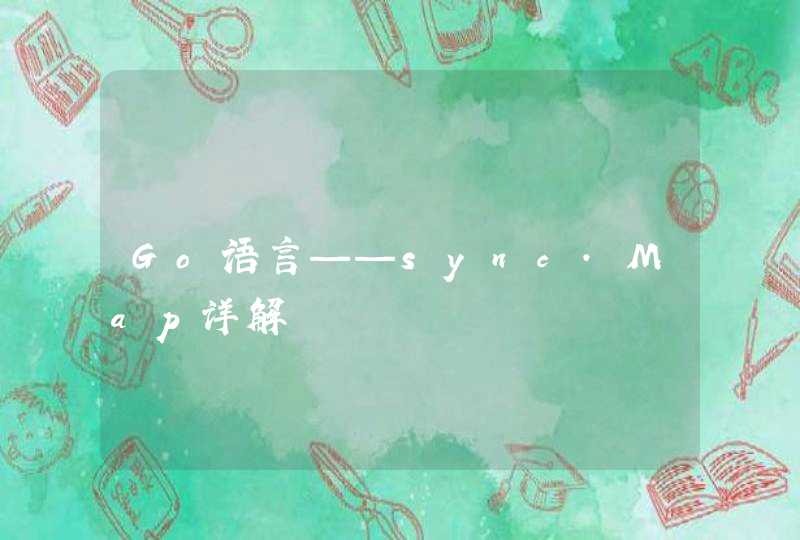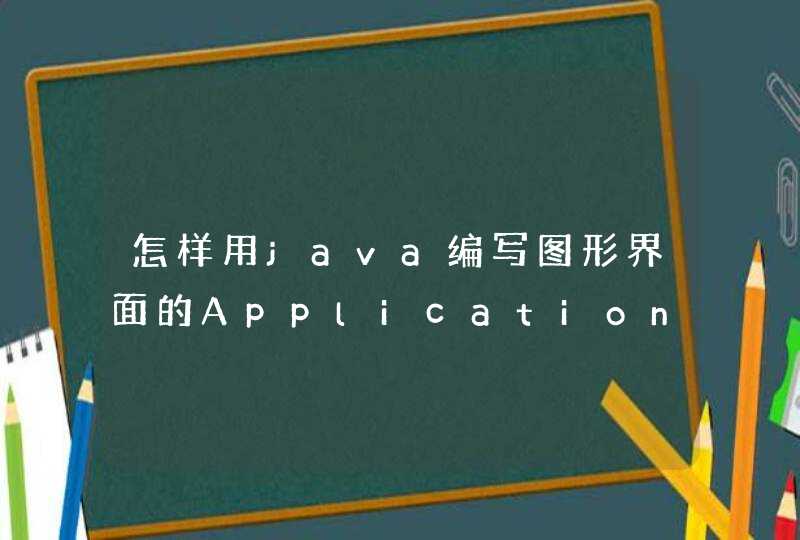
使用 apache fileupload ,spring MVC jquery1.6x , bootstrap 实现一个带进度条的多文件上传,由于fileupload 的局限,暂不能实现每个上传文件都显示进度条,只能实现一个总的进度条,效果如图:
1、jsp 页面
<!DOCTYPE html><%@ page contentType="text/htmlcharset=UTF-8"%>
<%@ taglib prefix="c" uri="http://java.sun.com/jsp/jstl/core" %>
<html xmlns="http://www.w3.org/1999/xhtml">
<head>
<meta http-equiv="Content-Type" content="text/html charset=UTF-8" />
<script src="../js/jquery-1.6.4.js" type="text/javascript"></script>
<link rel="stylesheet" type="text/css" href="../css/bootstrap.css"/>
</head>
<body>
<form id='fForm' class="form-actions form-horizontal" action="../upload.html"
encType="multipart/form-data" target="uploadf" method="post">
<div class="control-group">
<label class="control-label">上传文件:</label>
<div class="controls">
<input type="file" name="file" style="width:550">
</div>
<div class="controls">
<input type="file" name="file" style="width:550">
</div>
<div class="controls">
<input type="file" name="file" style="width:550">
</div>
<label class="control-label">上传进度:</label>
<div class="controls">
<div class="progress progress-success progress-striped" style="width:50%">
<div id = 'proBar' class="bar" style="width: 0%"></div>
</div>
</div>
</div>
<div class="control-group">
<div class="controls">
<button type="button" id="subbut" class="btn">submit</button>
</div>
</div>
</form>
<iframe name="uploadf" style="display:none"></iframe>
</body>
</html>
<script >
$(document).ready(function(){
$('#subbut').bind('click',
function(){
$('#fForm').submit()
var eventFun = function(){
$.ajax({
type: 'GET',
url: '../process.json',
data: {},
dataType: 'json',
success : function(data){
$('#proBar').css('width',data.rate+''+'%')
$('#proBar').empty()
$('#proBar').append(data.show)
if(data.rate == 100){
window.clearInterval(intId)
}
}})}
var intId = window.setInterval(eventFun,500)
})
})
</script>
2、java 代码
package com.controller
import java.util.List
import javax.servlet.http.HttpServletRequest
import javax.servlet.http.HttpServletResponse
import javax.servlet.http.HttpSession
import org.apache.commons.fileupload.FileItemFactory
import org.apache.commons.fileupload.ProgressListener
import org.apache.commons.fileupload.disk.DiskFileItemFactory
import org.apache.commons.fileupload.servlet.ServletFileUpload
import org.apache.log4j.Logger
import org.springframework.stereotype.Controller
import org.springframework.web.bind.annotation.RequestMapping
import org.springframework.web.bind.annotation.RequestMethod
import org.springframework.web.bind.annotation.ResponseBody
import org.springframework.web.servlet.ModelAndView
@Controller
public class FileUploadController {
Logger log = Logger.getLogger(FileUploadController.class)
/**
* upload 上传文件
* @param request
* @param response
* @return
* @throws Exception
*/
@RequestMapping(value = "/upload.html", method = RequestMethod.POST)
public ModelAndView upload(HttpServletRequest request,
HttpServletResponse response) throws Exception {
final HttpSession hs = request.getSession()
ModelAndView mv = new ModelAndView()
boolean isMultipart = ServletFileUpload.isMultipartContent(request)
if(!isMultipart){
return mv
}
// Create a factory for disk-based file items
FileItemFactory factory = new DiskFileItemFactory()
// Create a new file upload handler
ServletFileUpload upload = new ServletFileUpload(factory)
upload.setProgressListener(new ProgressListener(){
public void update(long pBytesRead, long pContentLength, int pItems) {
ProcessInfo pri = new ProcessInfo()
pri.itemNum = pItems
pri.readSize = pBytesRead
pri.totalSize = pContentLength
pri.show = pBytesRead+"/"+pContentLength+" byte"
pri.rate = Math.round(new Float(pBytesRead) / new Float(pContentLength)*100)
hs.setAttribute("proInfo", pri)
}
})
List items = upload.parseRequest(request)
// Parse the request
// Process the uploaded items
// Iterator iter = items.iterator()
// while (iter.hasNext()) {
// FileItem item = (FileItem) iter.next()
// if (item.isFormField()) {
// String name = item.getFieldName()
// String value = item.getString()
// System.out.println("this is common feild!"+name+"="+value)
// } else {
// System.out.println("this is file feild!")
// String fieldName = item.getFieldName()
// String fileName = item.getName()
// String contentType = item.getContentType()
// boolean isInMemory = item.isInMemory()
// long sizeInBytes = item.getSize()
// File uploadedFile = new File("c://"+fileName)
// item.write(uploadedFile)
// }
// }
return mv
}
/**
* process 获取进度
* @param request
* @param response
* @return
* @throws Exception
*/
@RequestMapping(value = "/process.json", method = RequestMethod.GET)
@ResponseBody
public Object process(HttpServletRequest request,
HttpServletResponse response) throws Exception {
return ( ProcessInfo)request.getSession().getAttribute("proInfo")
}
class ProcessInfo{
public long totalSize = 1
public long readSize = 0
public String show = ""
public int itemNum = 0
public int rate = 0
}
}
java get方式异步上传_简述Java异步上传文件的三种方式 原创2021-02-13 16:31:03
yi bbbian
码龄4年
关注
本文为大家分享了三种Java异步上传文件方式,供大家参考,具体内容如下
用第三方控件,如Flash,ActiveX等浏览器插件上传。
使用隐藏的iframe模拟异步上传。
使用XMLHttpRequest2来实现异步上传。
第一种使用浏览器插件上传,需要一定的底层编码功底,在这里我就不讲了,以免误人子弟,提出这点大家可以自行百度。
第二种使用隐藏的iframe模拟异步上传。为什么在这里说的是模拟呢?因为我们其实是将返回结果放在了一个隐藏的iframe中,所以才没有使当前页面跳转,感觉就像是异步操作一样。
隐藏的iframe上传文件
附件:
正在上传...
// 上传完成后的回调
function uploadFinished(fileName) {
addToFlist(fileName)
loading(false)
}
function addToFlist(fname) {
var temp = ["
",
fname,
"删除",
"
"
]
$("#flist").append(temp.join(""))
}
function loading(showloading) {
if (showloading) {
$("#uptxt").show()
} else {
$("#uptxt").hide
}
}
这种技术有两个关键的地方:
1.form会指定target,提交的结果定向返回到隐藏的ifram中。(即form的target与iframe的name属性一致)。
2.提交完成后,iframe中页面与主页面通信,通知上传结果及服务端文件信息
如何与主页面通信呢?
我们用nodejs在接收完了文件后返回了一个window.parent.主页面定义的方法,执行后可以得知文件上传完成。代码很简单:
router.post('/upload2', multipartMiddleware, function(req, res) {
var fpath = req.files.myfile.path
var fname = fpath.substr(fpath.lastIndexOf('\\') + 1)
setTimeout(function {
var ret = ["
"window.parent.uploadFinished('" + fname + "')",
""]
res.send(ret.join(""))
}, 3000)
})
执行后可以打开开发人员选项,你会发现隐藏iframe中返回了服务器的一些数据。
第三种使用XMLHttpRequest2来进行真正的异步上传。
还是先贴出代码:
执行后可以打开开发人员选项,你会发现隐藏iframe中返回了服务器的一些数据。第三种使用XMLHttpRequest2来进行真正的异步上传。还是先贴出代码:
xhr level2 异步上传
附件:
正在上传...
停止上传
function upload {
// 1.准备FormData
var fd = new FormData
fd.append("myfile", $("#myfile")[0].files[0])
// 创建xhr对象
var xhr = new XMLHttpRequest
// 监听状态,实时响应
// xhr 和 xhr.upload 都有progress事件,xhr.progress是下载进度,xhr.upload.progress是上传进度
xhr.upload.onprogress = function(event) {
if (event.lengthComputable) {
var percent = Math.round(event.loaded * 100 / event.total)
console.log('%d%', percent)
$("#upprog").text(percent)
}
}
// 传输开始事件
xhr.onloadstart = function(event) {
console.log('load start')
$("#upprog").text('开始上传')
$("#stopbtn").one('click', function { xhr.abort$(this).hide()})
loading(true)
}
// ajax过程成功完成事件
xhr.onload = function(event) {
console.log('load success')
$("#upprog").text('上传成功')
console.log(xhr.responseText)
var ret = JSON.parse(xhr.responseText)
addToFlist(ret.fname)
}
// ajax过程发生错误事件
xhr.onerror = function(event) {
console.log('error')
$("#upprog").text('发生错误')
}
// ajax被取消
xhr.onabort = function(event) {
console.log('abort')
$("#upprog").text('操作被取消')
}
// loadend传输结束,不管成功失败都会被触发
xhr.onloadend = function (event) {
console.log('load end')
loading(false)
}
// 发起ajax请求传送数据
xhr.open('POST', '/upload3', true)
xhr.send(fd)
}
function addToFlist(fname) {
var temp = ["
",
fname,
"删除",
"
"
]
$("#flist").append(temp.join(""))
}
function delFile(fname) {
console.log('to delete file: ' + fname)
// TODO: 请实现
}
function loading(showloading) {
if (showloading) {
$("#uptxt").show()
$("#stopbtn").show()
} else {
$("#uptxt").hide()
$("#stopbtn").hide()
}
}
代码有点多,但是通俗易懂。使用过AJAX的人都知道,XHR对象提供了一个onreadystatechange的回调方法来监听整个请求/响应过程。在XMLHttpRequest2级规范中又多了几个进度事件。有以下6个事件:
1.loadstart:在接收到响应数据的第一个字节时触发。
2.progress:在接收响应期间持续不断地触发。
3.error:在请求发生错误时触发。
4.abort:在因为调用abort方法而终止连接时触发。
5.load:在接收到完整的响应数据时触发。
6.loadend: 在通信完成或者触发error,abort,load事件后触发。
这次我们可以解读代码:当传输事件开始后,我们便在停止传送按钮上添加点击事件,内置了abort方法可以停止传送。若不点则会正常上传直到传送完毕为止。其后台代码类似第二种方法。
三种方法各有优劣,做个简单的小结吧。
第三方控件交互性和可控性好,因为接近底层,其性能也是很优秀的。但是由于编写难度大通常需要自己安装插件,有时可能需要自己进行编写。
隐藏的iframe方法我个人觉得是非常有思想的一个方法,iframe可以帮我们做很多事。这种方式具有广泛的浏览器兼容性而且不需要安装插件。但是它交互性差,上传过程不可控,而且性能也是很一般的。
XHR2级的纯ajax上传,它必须要版本比较高一点的浏览器(ie9+)。但是它交互性特别好,可以看到上传进度并且是可控的。


